Disnovation.org
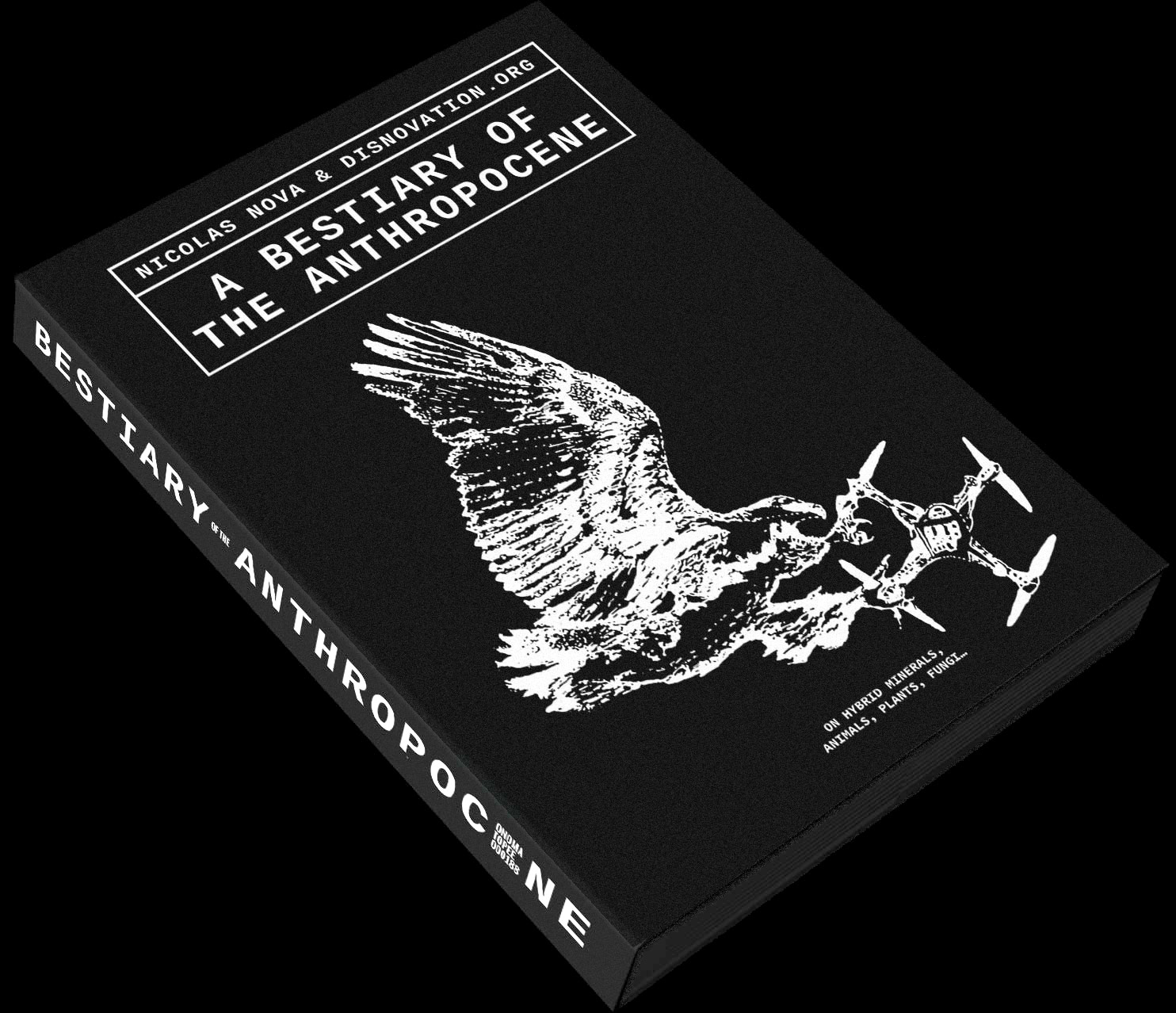
Meta.Morf 2022 – Ecophilia / Trøndelag Centre for Contemporary Art /
May 19 – July 31 / Curator: Zane Cerpina / Co-curator: Espen Gangvik
A BESTIARY OF THE ANTHROPOCENE
DISNOVATION.ORG (PL/FR/DE)
A BESTIARY OF THE ANTHROPOCENE is an illustrated compilation of hybrid creatures of our time, equally inspired by medieval bestiaries and observations of our damaged planet. Designed as a field handbook, it aims at helping us observe, navigate, and orientate into the increasingly artificial fabric of the world. Plastiglomerates, surveillance robot dogs, fordite, artificial grass, antenna trees, Sars-Covid-2, decapitated mountains, drone-fighting eagles, standardized bananas… each of these specimens are symptomatic of the rapidly transforming “post-natural” era we live in. Often without us even noticing them, these creatures exponentially spread and co-exist with us.
A BESTIARY OF THE ANTHROPOCENE seeks to capture this precise moment when the biosphere and technosphere merge and mesh into one new hybrid body. What happens when technologies and their unintended consequences become so ubiquitous that it is difficult to define what is “natural” or not? What does it mean to live in a hybrid environment made of organic and synthetic matter? What new specimens are currently populating our planet at the beginning of the 21st century?
A BESTIARY OF THE ANTHROPOCENE includes: 100+ original collages and handmade pointillist illustrations | 60 written observations on selected hybrid specimens & creatures | 11 long contributions, and original critical essays by leading experts.
DISNOVATION.ORG
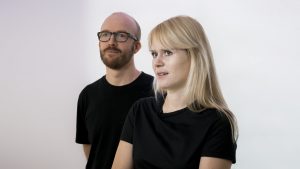 Founded in 2012 by Nicolas Maigret and Maria Roszkowska, DISNOVATION.ORG is both an art collective and an international workgroup engaged in the crossovers between contemporary arts, research and hacking. Artist and philosopher Baruch Gottlieb joined the collective in 2018. Together, they develop situations of interference, discussion and speculation that question dominant techno-positivist ideologies in order to foster post-growth narratives. Their research is expressed through installations, performances, websites and events. They recently co-edited A Bestiary of the Anthropocene, an atlas of anthropic hybrid creatures, and The Pirate Book, an anthology about media piracy.
Founded in 2012 by Nicolas Maigret and Maria Roszkowska, DISNOVATION.ORG is both an art collective and an international workgroup engaged in the crossovers between contemporary arts, research and hacking. Artist and philosopher Baruch Gottlieb joined the collective in 2018. Together, they develop situations of interference, discussion and speculation that question dominant techno-positivist ideologies in order to foster post-growth narratives. Their research is expressed through installations, performances, websites and events. They recently co-edited A Bestiary of the Anthropocene, an atlas of anthropic hybrid creatures, and The Pirate Book, an anthology about media piracy.
Their work has been presented at numerous art centers and festivals internationally such as Centre Pompidou (Paris), Transmediale (Berlin), the Museum of Art and Design (New York), Palais de Tokyo (Paris), FILE (Sao Paulo), ZKM (Karlsruhe), Strelka Institute (Moscow), ISEA (Hong Kong), Elektra (Montréal), China Museum of Digital Arts (Beijing), and the Chaos Computer Congress (Hamburg). Their work has been featured in Forbes, Vice, Wired, Motherboard, Libération, Die Zeit, Arte TV, Next Nature, Hyperallergic, Le Temps, Neural.it, Digicult, Gizmodo, Seattle Weekly, torrentfreak.com, and Filmmaker Magazine among others.
Header Graphics: “A Bestiary of the Anthropocene” by disnovation.org.
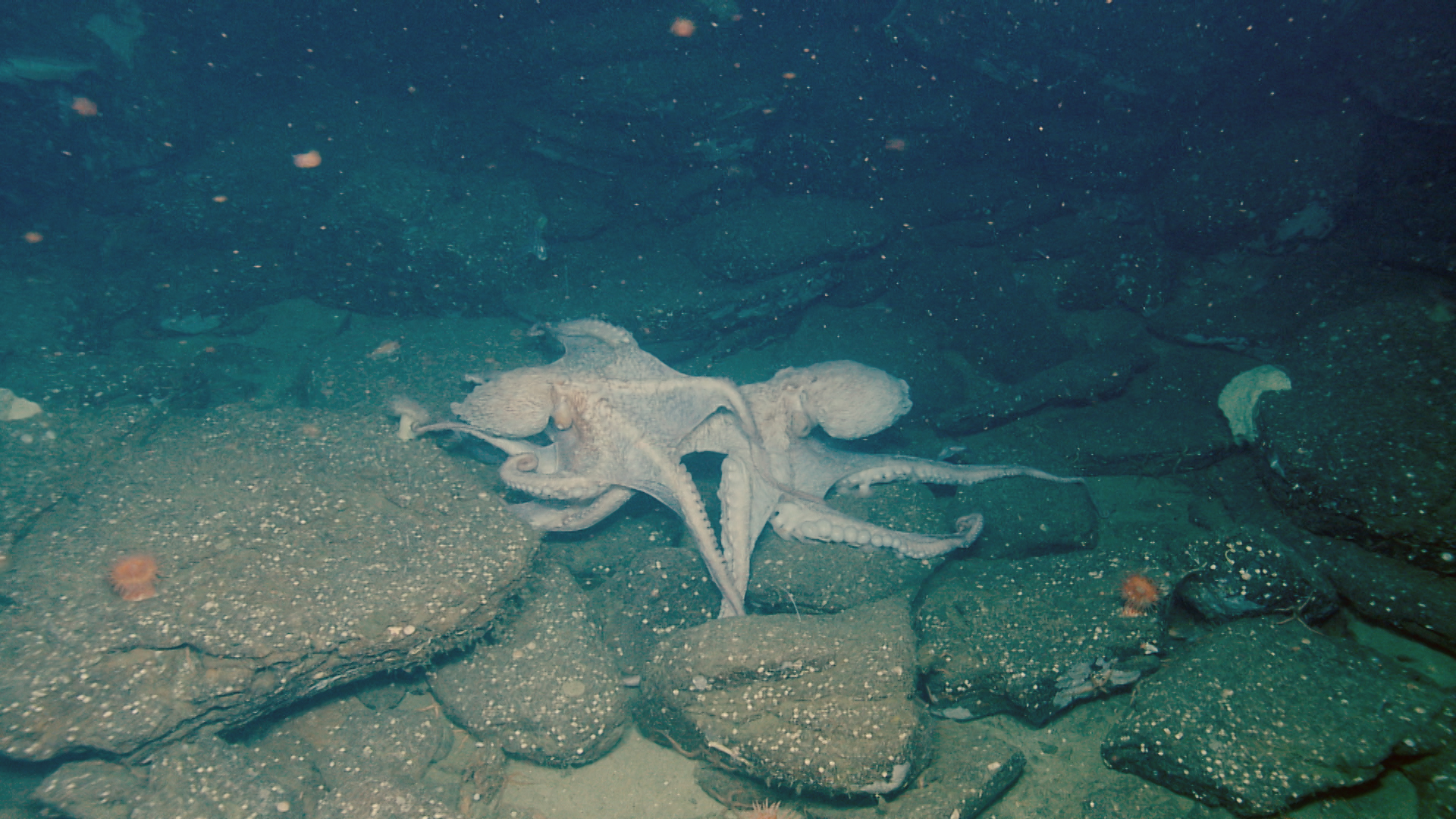
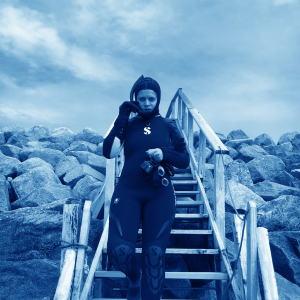 Miriam Simun works where bodies (human and non) collide with rapidly evolving techno-ecosystems. Trained as a sociologist, Simun spends time in communities of experts from biomedical engineers to breastfeeding mothers to farm laborers to freedivers. Taking on the role of ‘artist-as-fieldworker,’ the process is lived, embodied and complicated. Spanning multiple formats, Simun’s works include video, installation, performance, writing, and communal sensorial experiences, always forefronting corporeal and embodied ways of listening, knowing, and being.
Miriam Simun works where bodies (human and non) collide with rapidly evolving techno-ecosystems. Trained as a sociologist, Simun spends time in communities of experts from biomedical engineers to breastfeeding mothers to farm laborers to freedivers. Taking on the role of ‘artist-as-fieldworker,’ the process is lived, embodied and complicated. Spanning multiple formats, Simun’s works include video, installation, performance, writing, and communal sensorial experiences, always forefronting corporeal and embodied ways of listening, knowing, and being.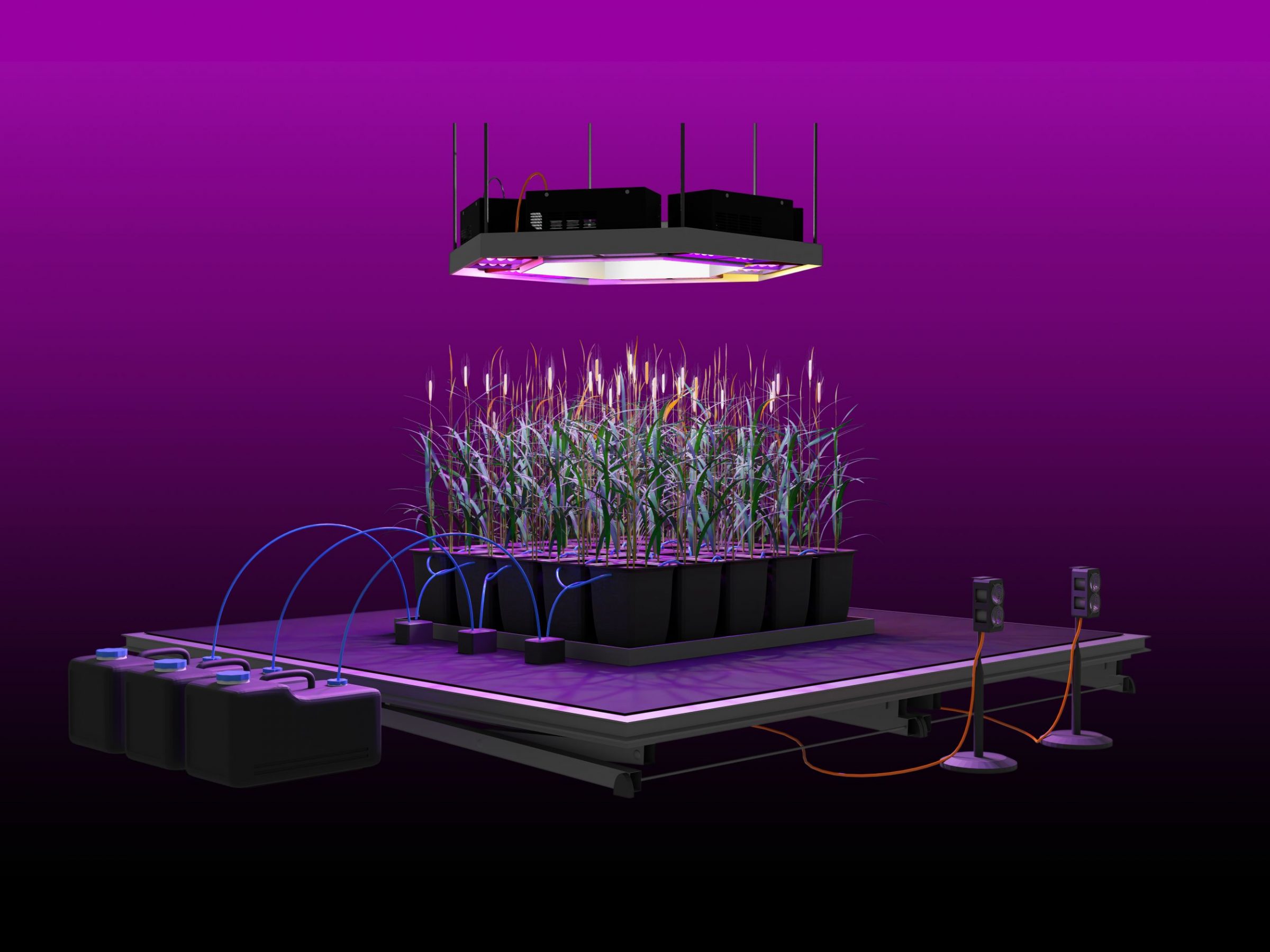
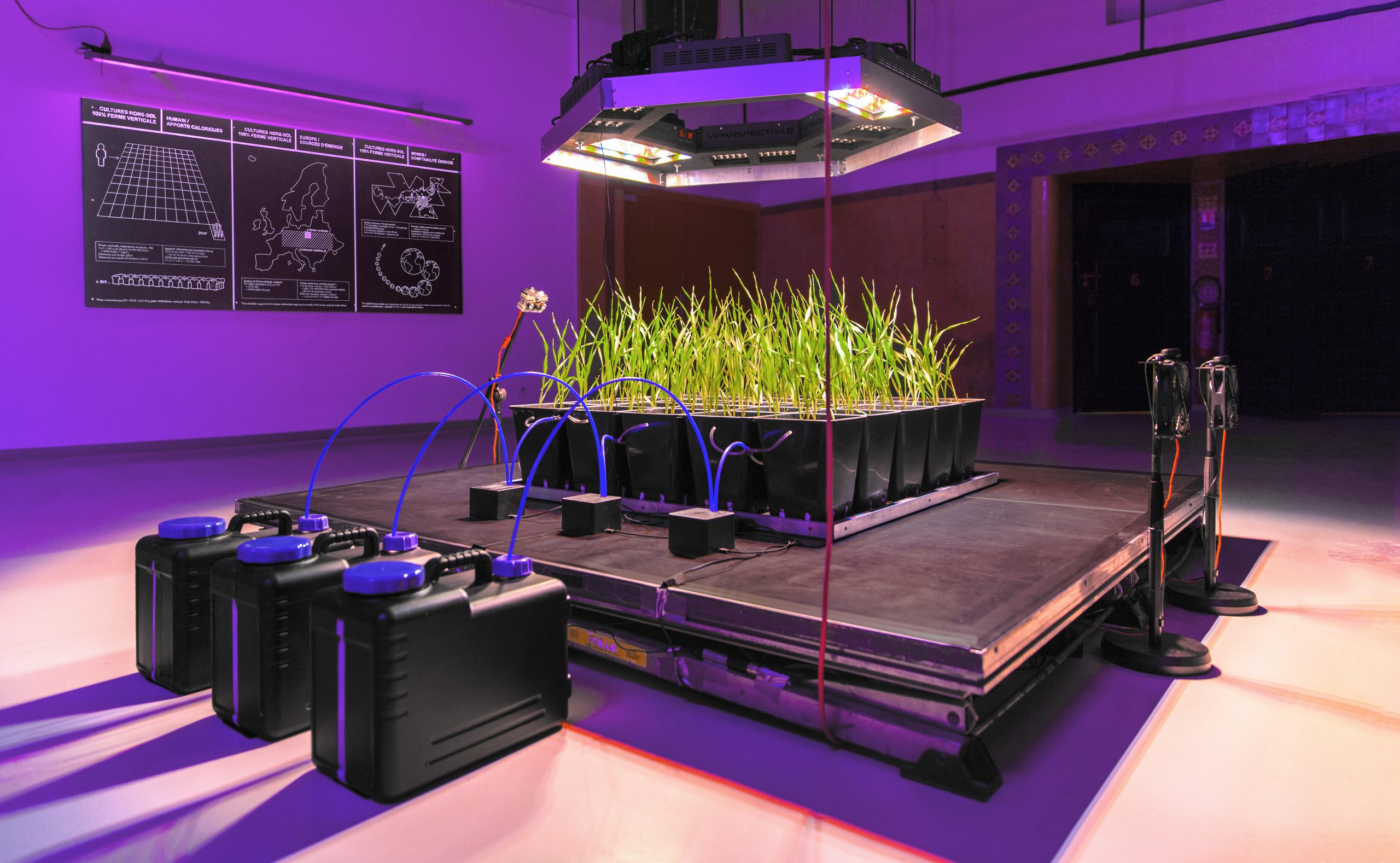
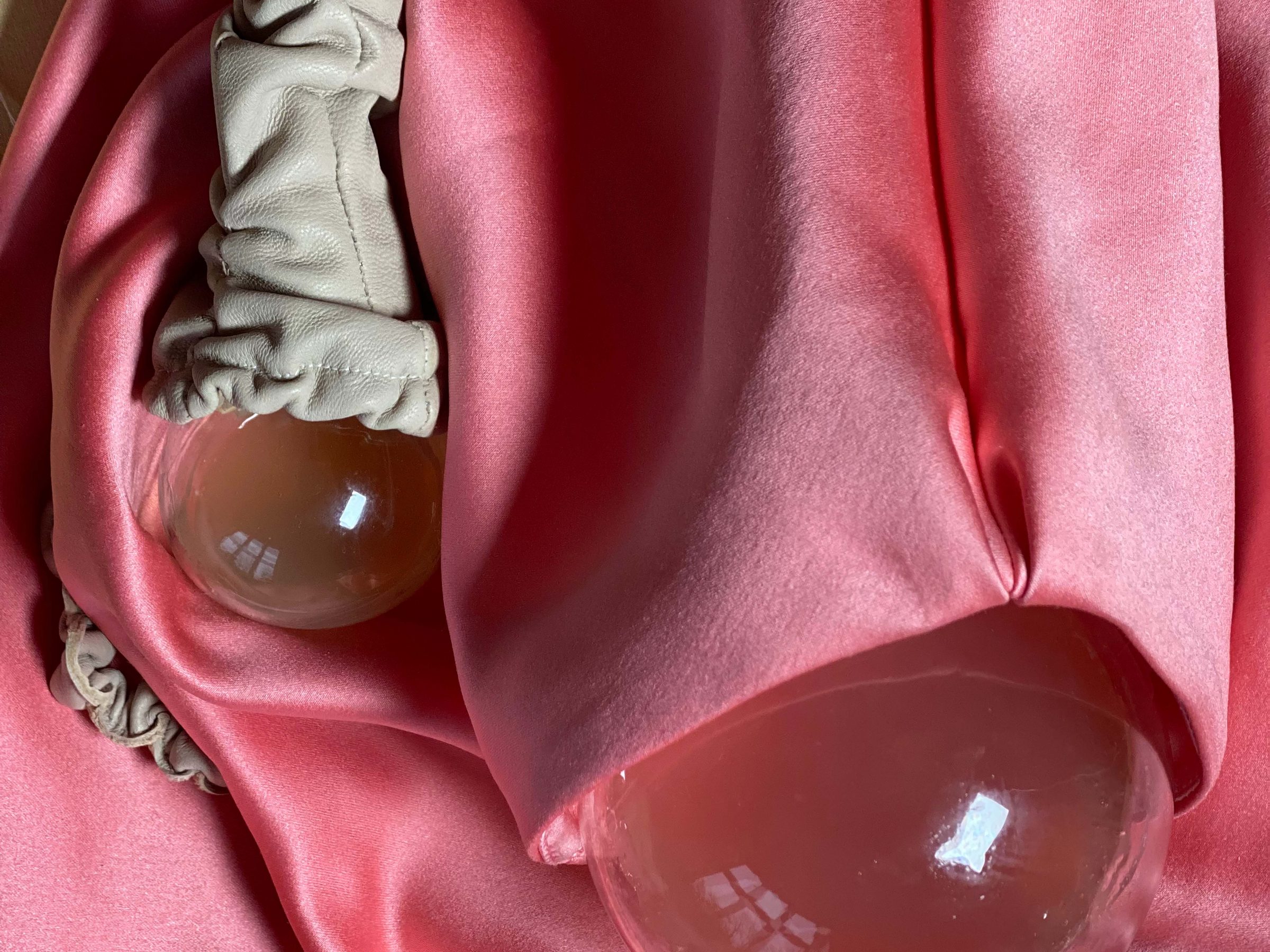
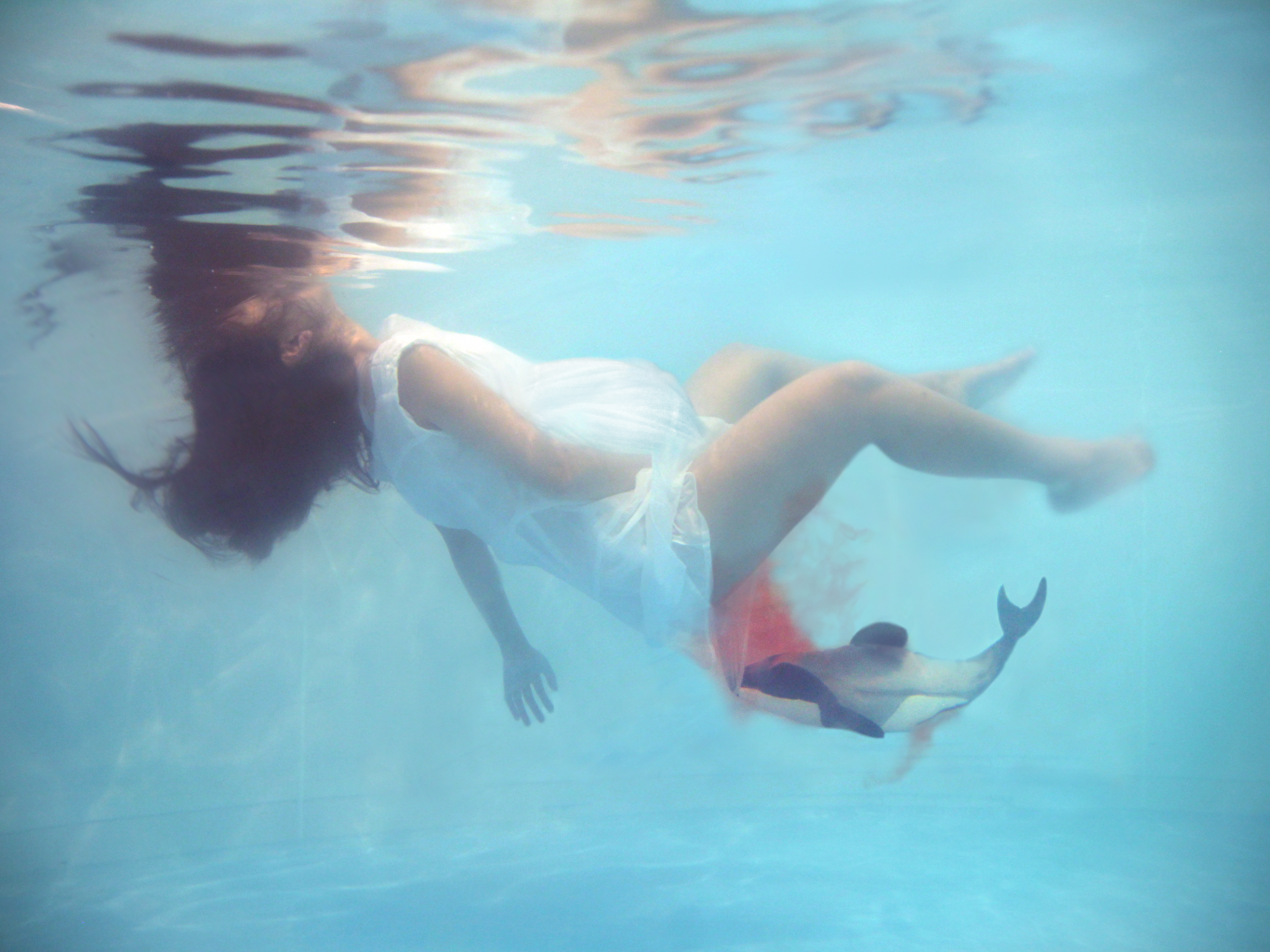
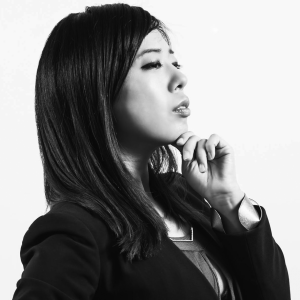 Artist. Her work focuses on the relationship between technology and people. His provocative works invite viewers to debate ethical boundaries, and often deal with themes related to reproduction and the future of life and death. Her book “How to be a Revolutionary in 20XX” has been published in Japan and Taiwan.
Artist. Her work focuses on the relationship between technology and people. His provocative works invite viewers to debate ethical boundaries, and often deal with themes related to reproduction and the future of life and death. Her book “How to be a Revolutionary in 20XX” has been published in Japan and Taiwan.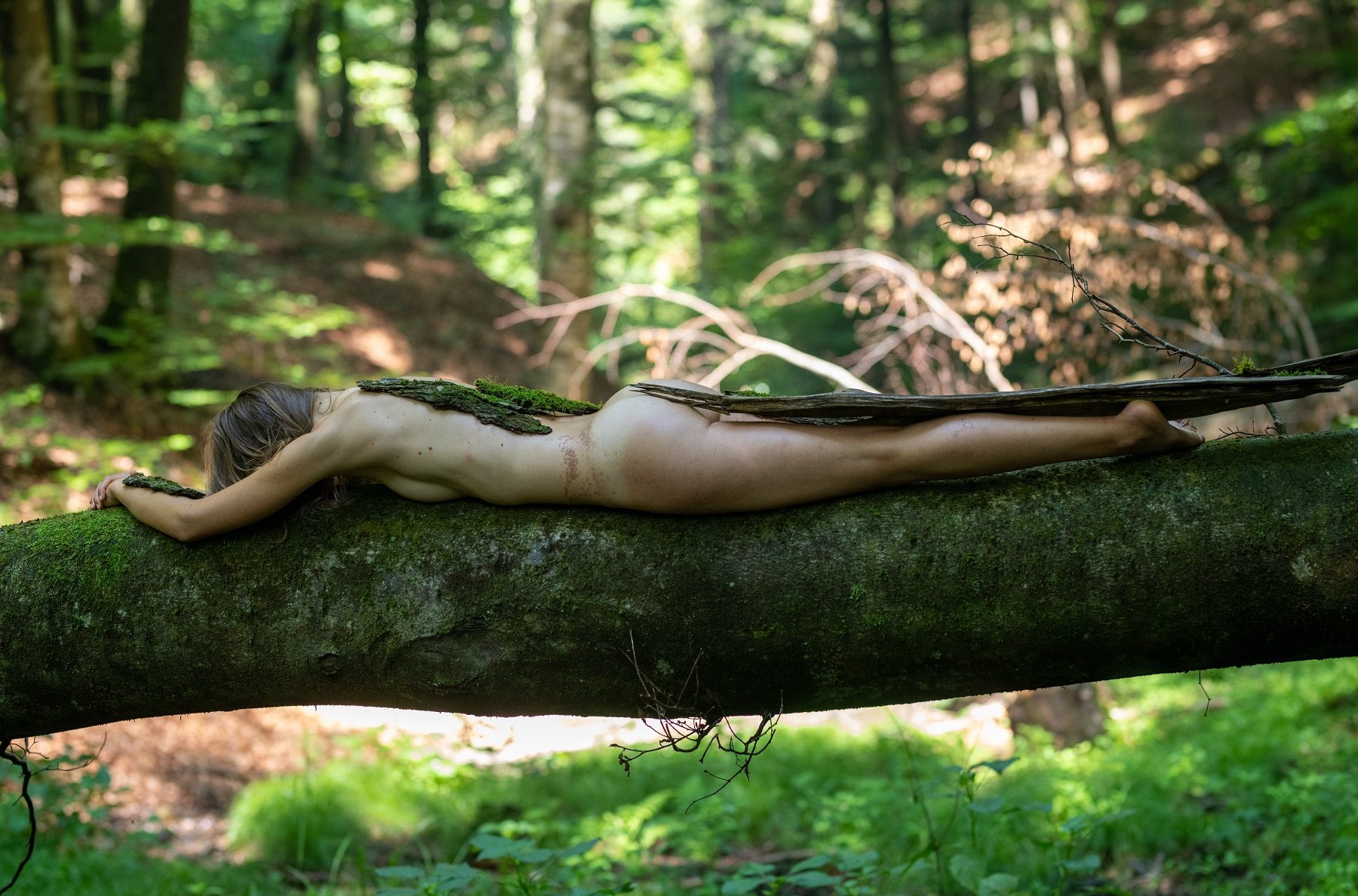
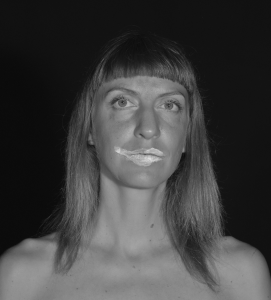
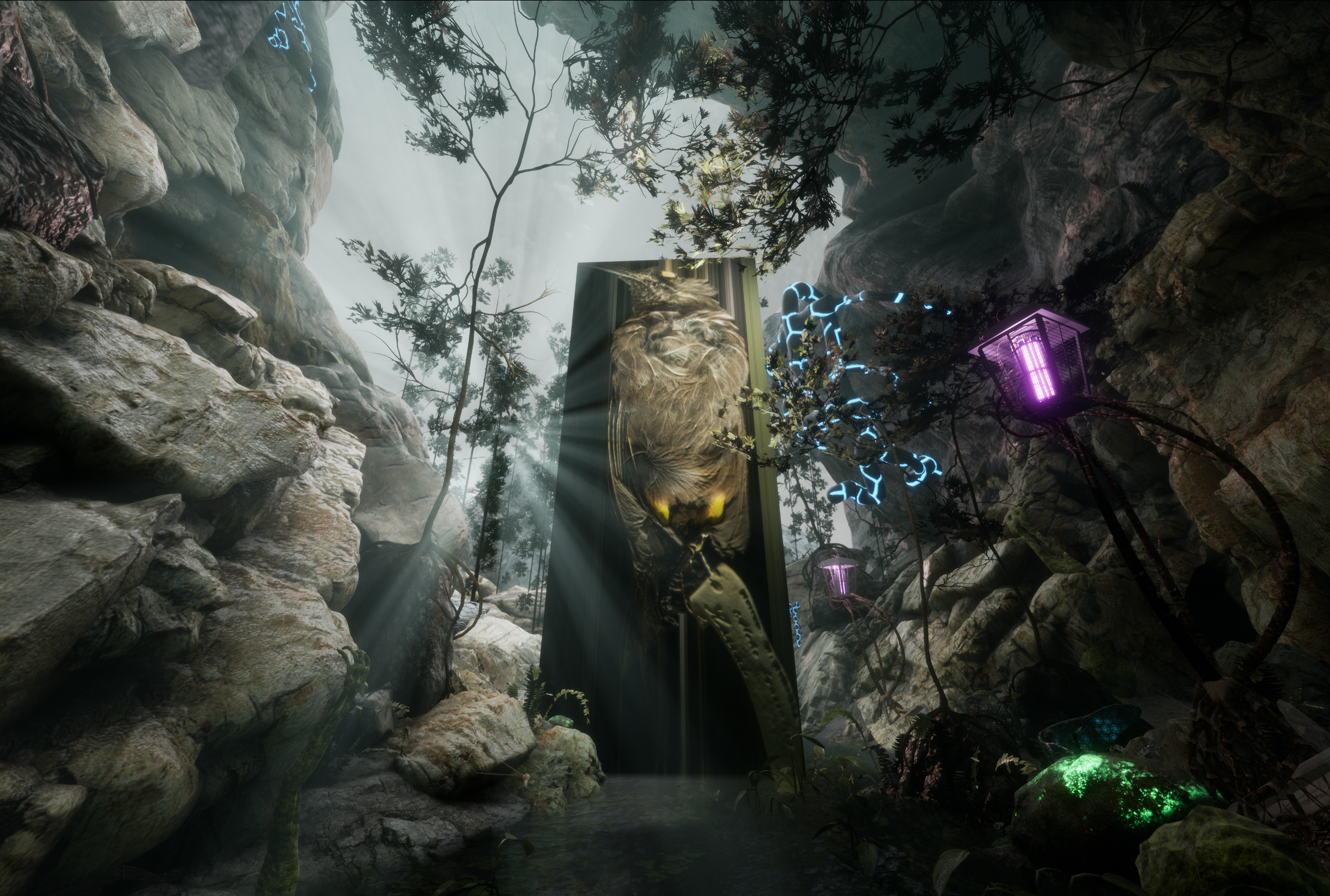
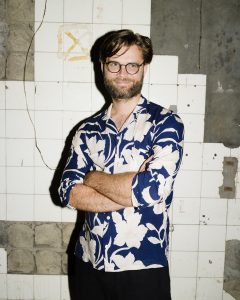 Jakob Kudsk Steensen (b. 1987, Denmark) is an artist working with environmental storytelling through 3d animation, sound and immersive installations. He creates poetic interpretations about overlooked natural phenomena through collaborations with field biologists, composers and writers. Projects are based on extensive fieldwork. Key collaborators include Musician ARCA, Composer and Musical Director for the Philip Glass Ensemble Michael Riesman, Ornithologist and author Dr. Douglas H. Pratt, Architect Sir David Adjaye OBE RA, BTS, the Cornell Lab of Ornithology, and the Natural History Museum Berlin, among others.
Jakob Kudsk Steensen (b. 1987, Denmark) is an artist working with environmental storytelling through 3d animation, sound and immersive installations. He creates poetic interpretations about overlooked natural phenomena through collaborations with field biologists, composers and writers. Projects are based on extensive fieldwork. Key collaborators include Musician ARCA, Composer and Musical Director for the Philip Glass Ensemble Michael Riesman, Ornithologist and author Dr. Douglas H. Pratt, Architect Sir David Adjaye OBE RA, BTS, the Cornell Lab of Ornithology, and the Natural History Museum Berlin, among others.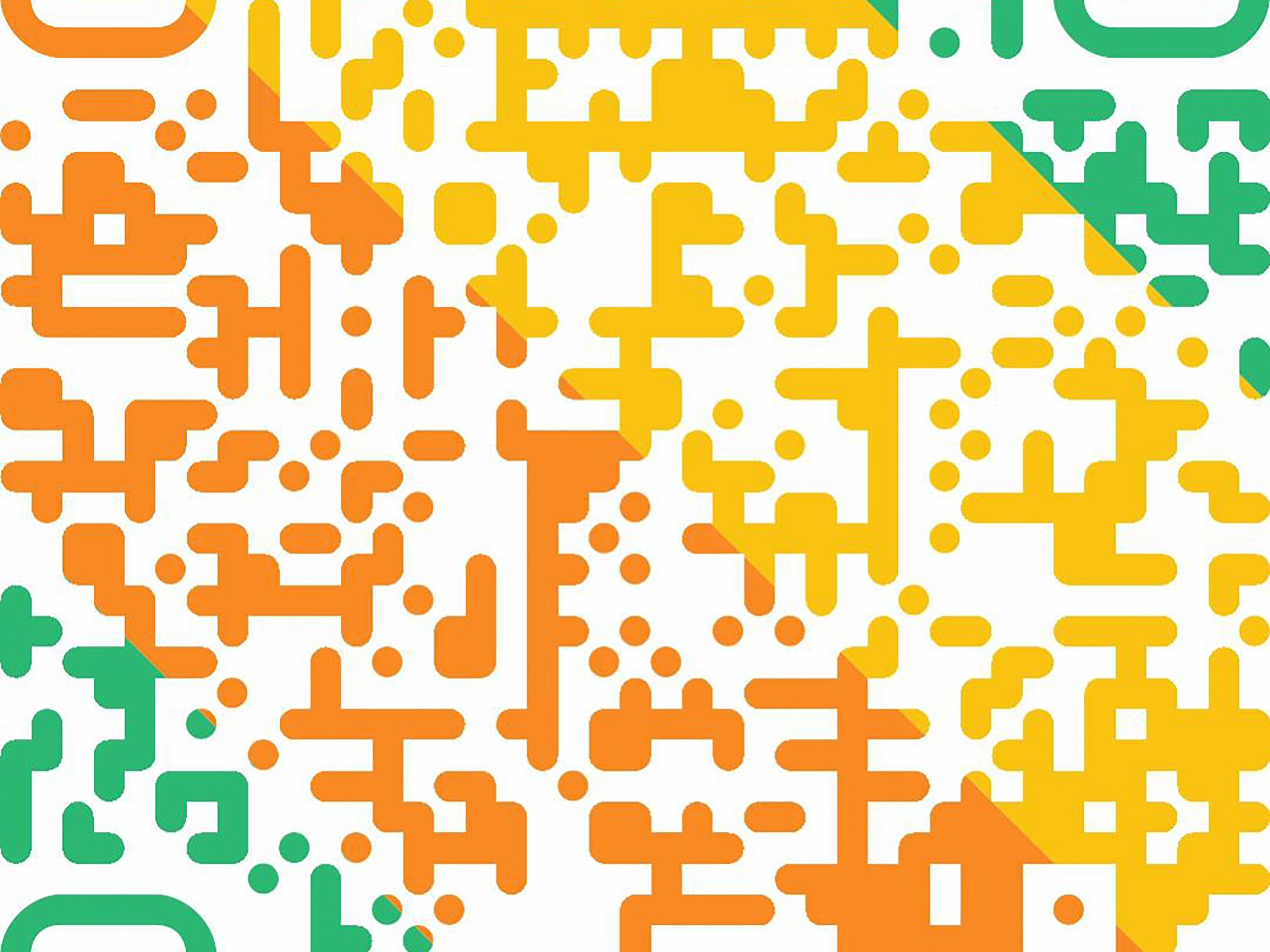
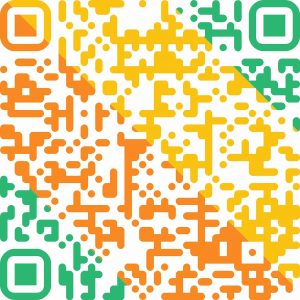
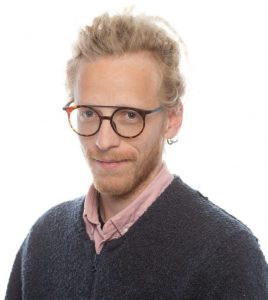 Malakias Liebmann
Malakias Liebmann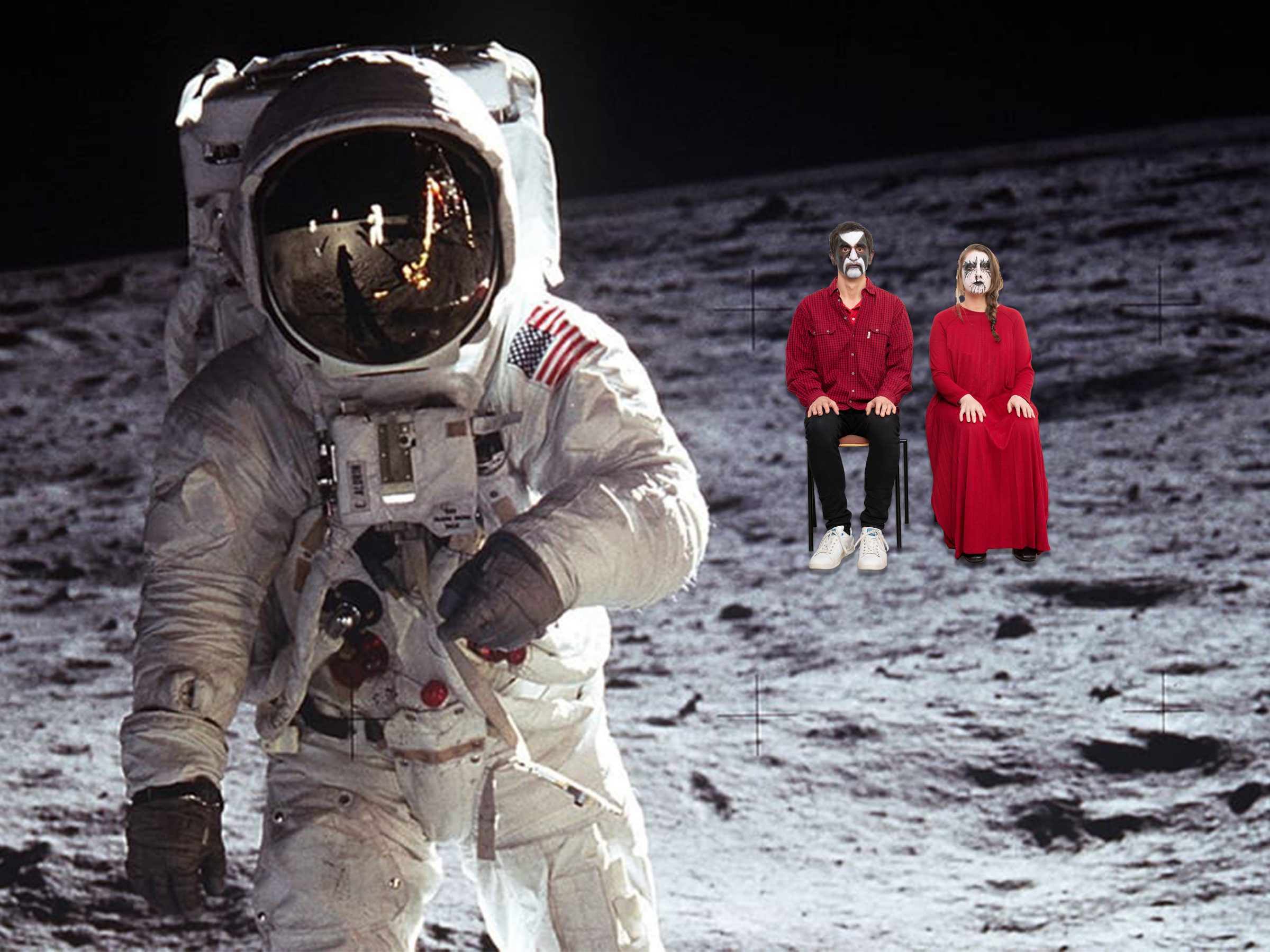
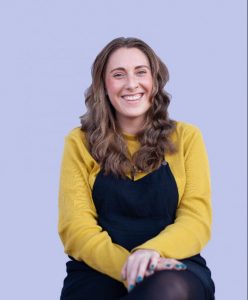 Liz Dom
Liz Dom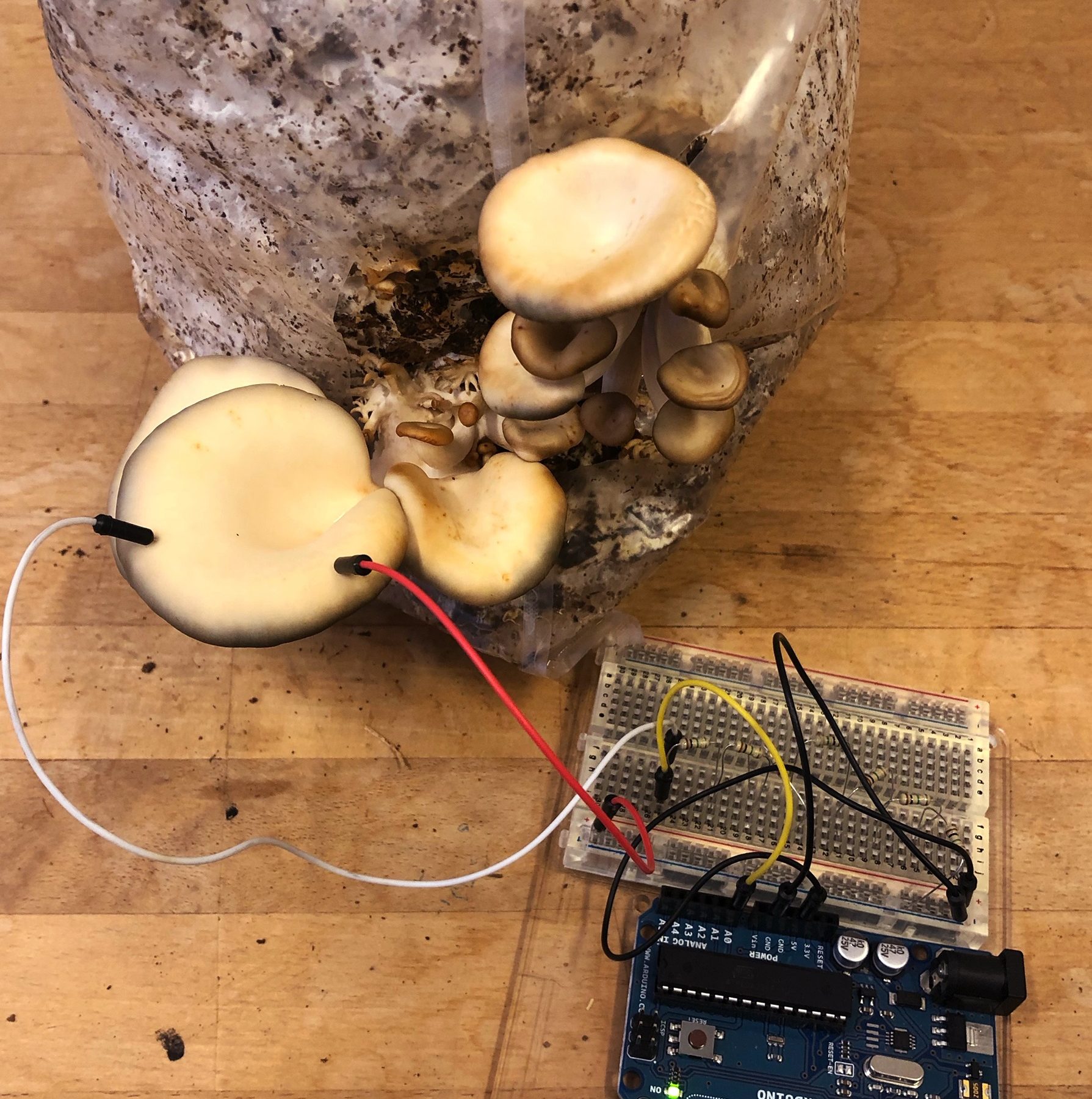
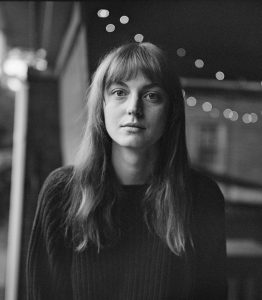 Amalia Raye Wiatr Lewis
Amalia Raye Wiatr Lewis